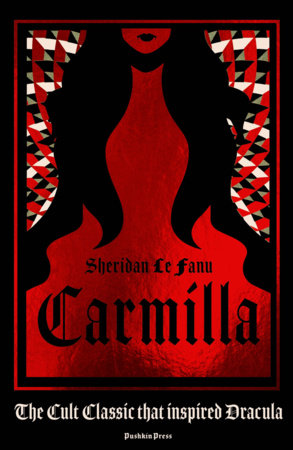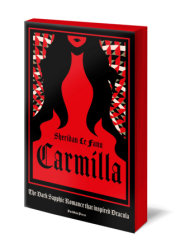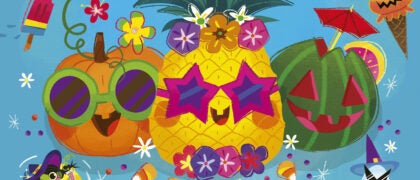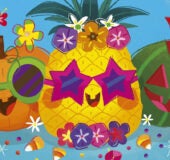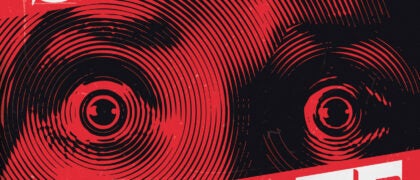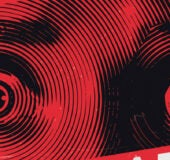Prologue
Upon a paper attached to the narrative which follows, Doctor Hesselius has written a rather elaborate note, which he accompanies with a reference to his essay on the strange subject which the manuscript illuminates. This mysterious subject he treats, in that essay, with his usual learning and acumen, and with remark- able directness and condensation. It will form but one volume of the series of that extraordinary man’s collected papers.
As I publish the case, in this volume, simply to interest the “laity,”I shall forestall the intelligent lady, who relates it, in nothing; and after due consideration, I have determined, therefore, to abstain from pre- senting any
précis of the learned Doctor’s reasoning, or extract from his statement on a subject which he describes as “involving, not improbably, some of the profoundest arcana of our dual existence, and its intermediates.” I was anxious on discovering this paper, to reopen the correspondence commenced by Doctor Hesselius, so many years before, with a person so clever and careful as his informant seems to have been. Much to my regret, however, I found that she had died in the interval.
She, probably, could have added little to the narra- tive which she communicates in the following pages, with, so far as I can pronounce, such conscientious particularity.
Copyright © 2021 by Sheridan Le Fanu. All rights reserved. No part of this excerpt may be reproduced or reprinted without permission in writing from the publisher.





